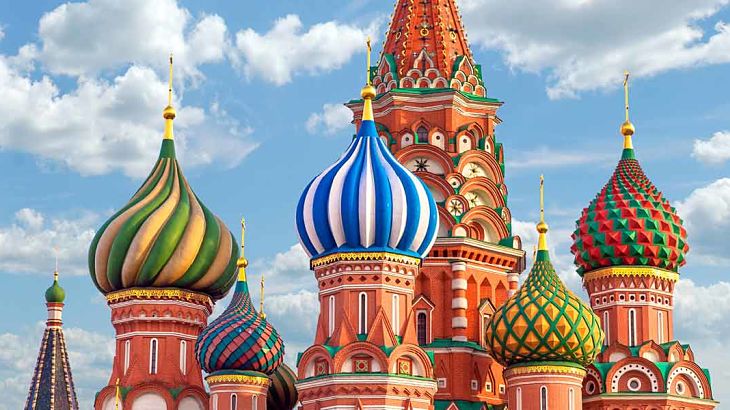Crude oil has played a significant role in Russian markets as many state-owned oil producers rank among the largest holdings among Russian country-specific ETFs. For instance, RSX includes a hefty 39.7% tilt toward energy names, including Gazprom 8.3% and Lukoil 7.1% among its top holdings. ERUS includes an even larger 51.5% tilt toward energy, which helps explain its outperformance among the other cap-weighted Russia ETFs. RBL includes 46.3% in energy. Lastly, small-caps-oriented RSXJ leans toward utilities 25.0%, materials 23.8% and industrials 16.8%, which all benefit from improved economic conditions in the domestic markets, along with indirect exposure to strengthening energy companies.
Moreover, James Duffy, Product Manager at VanEck, told ETF Trends in a call that “Trump is making Russia great again.”
President-elect Donald Trump has acted more friendly toward Russia and Russian president Vladimir Putin. Consequently, market observers are speculating that the Trump administration could be more willing to roll back sanctions placed on Russia in response to its actions against Ukraine, but the emerging market would still have to face European Union sanctions, Duffy added.
“Russia is among the areas we are taking a look at in 2017,” Duffy said.
The VanEck team pointed out that despite the recent jump in Russia’s markets, Russian stocks remain relatively attractive. Specifically, RSX is trading at a 7.83 price-to-earnings ratio and a 0.76 price-to-book. ERUS has a 7.15 P/E and 0.61 P/B. RBL shows a 6.96 P/E and a 0.79 P/B. RSXJ comes with a 4.35 P/E and a 1.05 P/B. In contrast, the S&P 500 is currently trading at a 18.75 P/E and a 2.61 P/B, or above its historical average.
